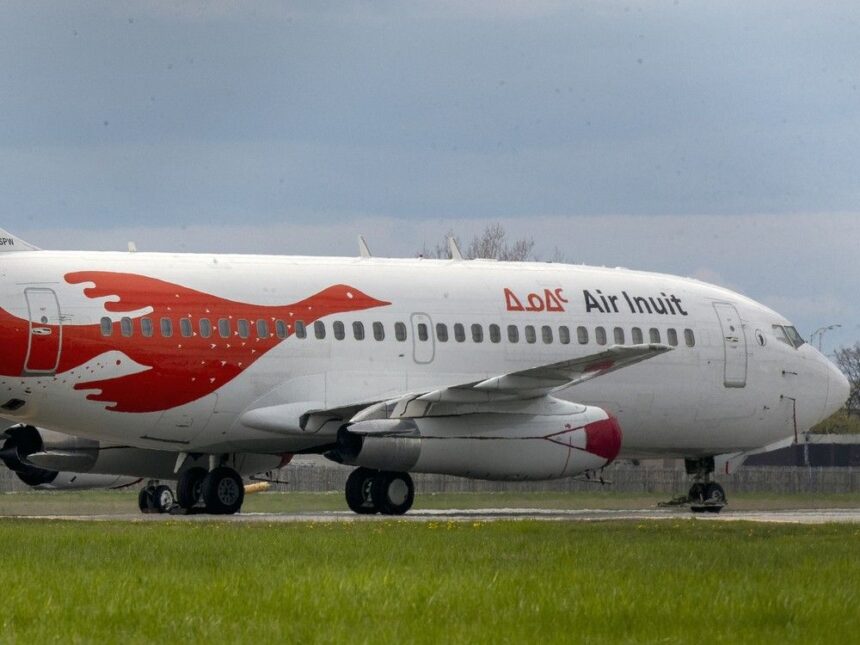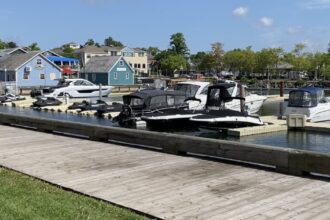In the vast, wind-swept expanses of Canada’s North, a growing crisis threatens to isolate remote communities that depend on air transportation as their lifeline to the outside world. The intersection of aging aircraft fleets and deteriorating northern airfield infrastructure is creating a perfect storm that aviation experts warn could dramatically reduce accessibility to dozens of isolated settlements within the next decade.
“We’re approaching a critical threshold,” explains Michael Redfern, an aviation infrastructure specialist with over 30 years of experience in northern operations. “The workhorses of northern aviation—primarily the Boeing 737-200 series with gravel kits—are nearing the end of their operational lifespan, and we don’t have adequate replacements certified for these conditions.”
The issue centers on Canada’s northern airfields, many of which feature gravel or unpaved runways unsuitable for modern jet aircraft. These rugged strips, often dating back to the 1970s and 1980s, were developed when specially equipped aircraft like the 737-200 were readily available. Today, these planes average over 40 years in service, with maintenance becoming increasingly costly and parts increasingly scarce.
Transport Canada data reveals that only 42 of the 117 airports serving northern communities meet the standards for modern regional jets. The remaining facilities rely on aging aircraft specifically designed to operate on unpaved surfaces—a specialized capability that newer aircraft models typically lack.
The economic implications extend far beyond transportation. According to a recent analysis by CO24 Business, upgrading these northern airfields to accommodate modern aircraft would cost approximately $2.1 billion, while extending the service life of older aircraft through intensive maintenance programs would require industry investments exceeding $400 million over the next five years.
For communities like Rankin Inlet, Nunavut, the consequences could be severe. “When the planes stop coming, so does our food security, healthcare access, and economic stability,” says community council member Sarah Akulukjuk. “We’re already paying three times what southern Canadians pay for basics. Any reduction in air service would be devastating.”
The federal government’s Northern Aviation Infrastructure Program has allocated $176 million over five years to address these challenges, but industry analysts at the Canadian Aviation Analysis Institute consider this “woefully inadequate” given the scale of the problem.
Canadian North and other northern carriers have responded by exploring innovative solutions, including investigating retrofitting programs that might adapt newer aircraft for unpaved runway operations. However, the certification process for such modifications presents significant regulatory hurdles.
“This isn’t just a transportation issue—it’s a sovereignty issue,” asserts Dr. Elizabeth Wyman, professor of northern development at the University of Alberta. “If Canada can’t maintain reliable air connections to its northern territories, we’re essentially ceding influence in a region of growing strategic importance, particularly as Arctic shipping routes open due to climate change.”
The situation highlights the unique challenges of northern infrastructure development, where harsh climate conditions, limited construction seasons, and high material costs converge to make conventional solutions prohibitively expensive. Communities are now advocating for a comprehensive national strategy that would coordinate efforts between federal transportation authorities, territorial governments, and indigenous stakeholders.
As these aging aircraft inch closer to retirement and replacement aircraft remain uncertified for gravel operations, one question becomes increasingly urgent: Will Canada find the political will to invest in its northern transportation infrastructure before these communities face unprecedented isolation in our modern, connected world?

























